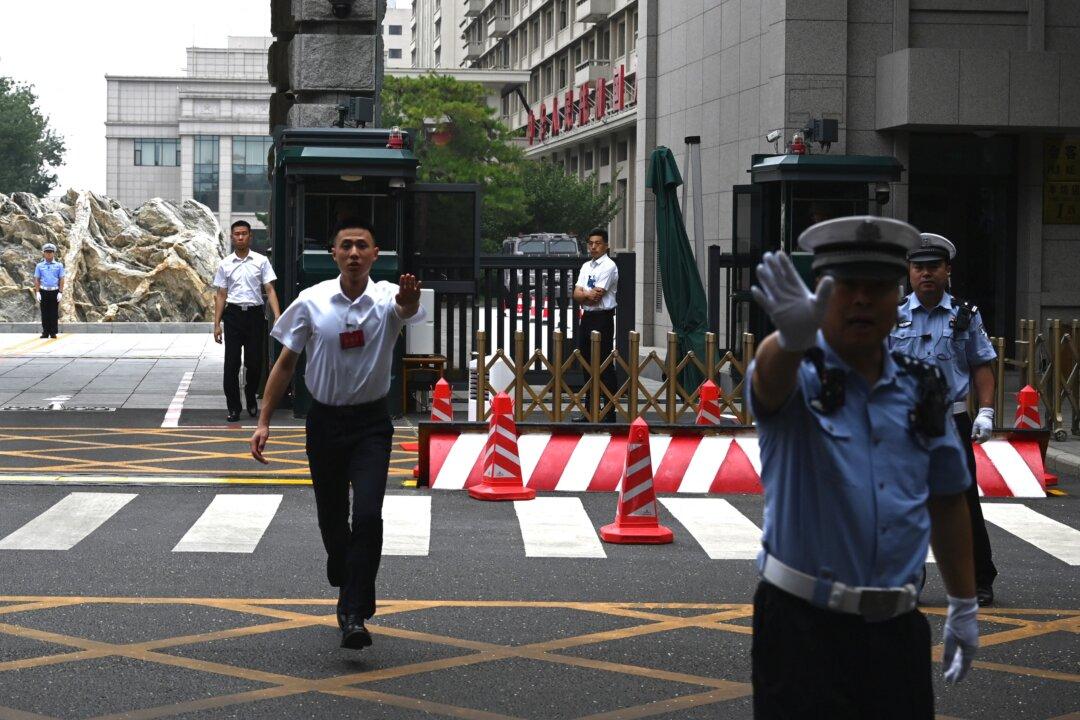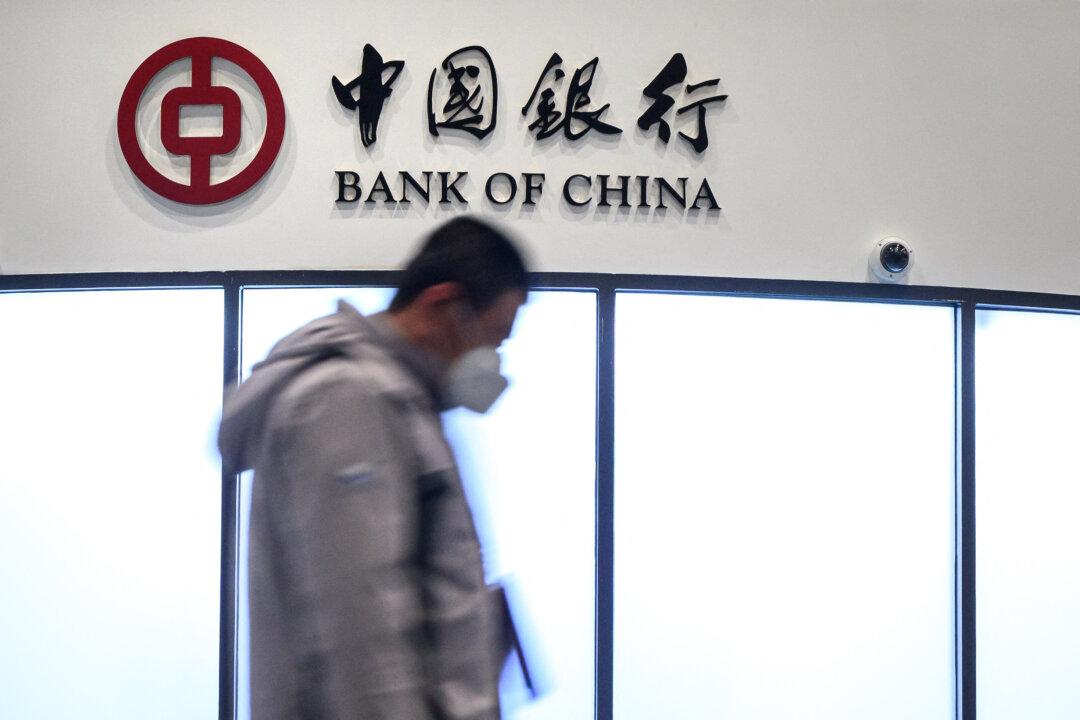A rebound in global coal prices became one of the biggest stories in commodities during the second half of 2016. A more than 90 percent increase since mid-year in the benchmark Australian thermal coal prices has lifted stocks of international coal producers.
But don’t tell that to Chinese coal producers. The recent rally in coal prices hasn’t reversed the fortunes of many Chinese coal producers still wallowing in overleveraged balance sheets, high debt burden, and weak demand.
Recent bond market travails of these companies signal more defaults may lie ahead for Chinese onshore issuers as trillions of yuan in bonds become due in 2017.
Sichuan Coal Default
State-owned Sichuan Coal Industry Group missed a bond payment on Dec. 25. A total of 1 billion yuan ($150 million) in principal plus interest were due.
It was the second default for the coal company this year. Sichuan Coal also missed an interest payment in June but that default was ultimately resolved after the Sichuan government stepped in. Bond investors were paid at the end of July with loans from state-owned Sichuan Provincial Investment Group and a consortium of local and national banks.






